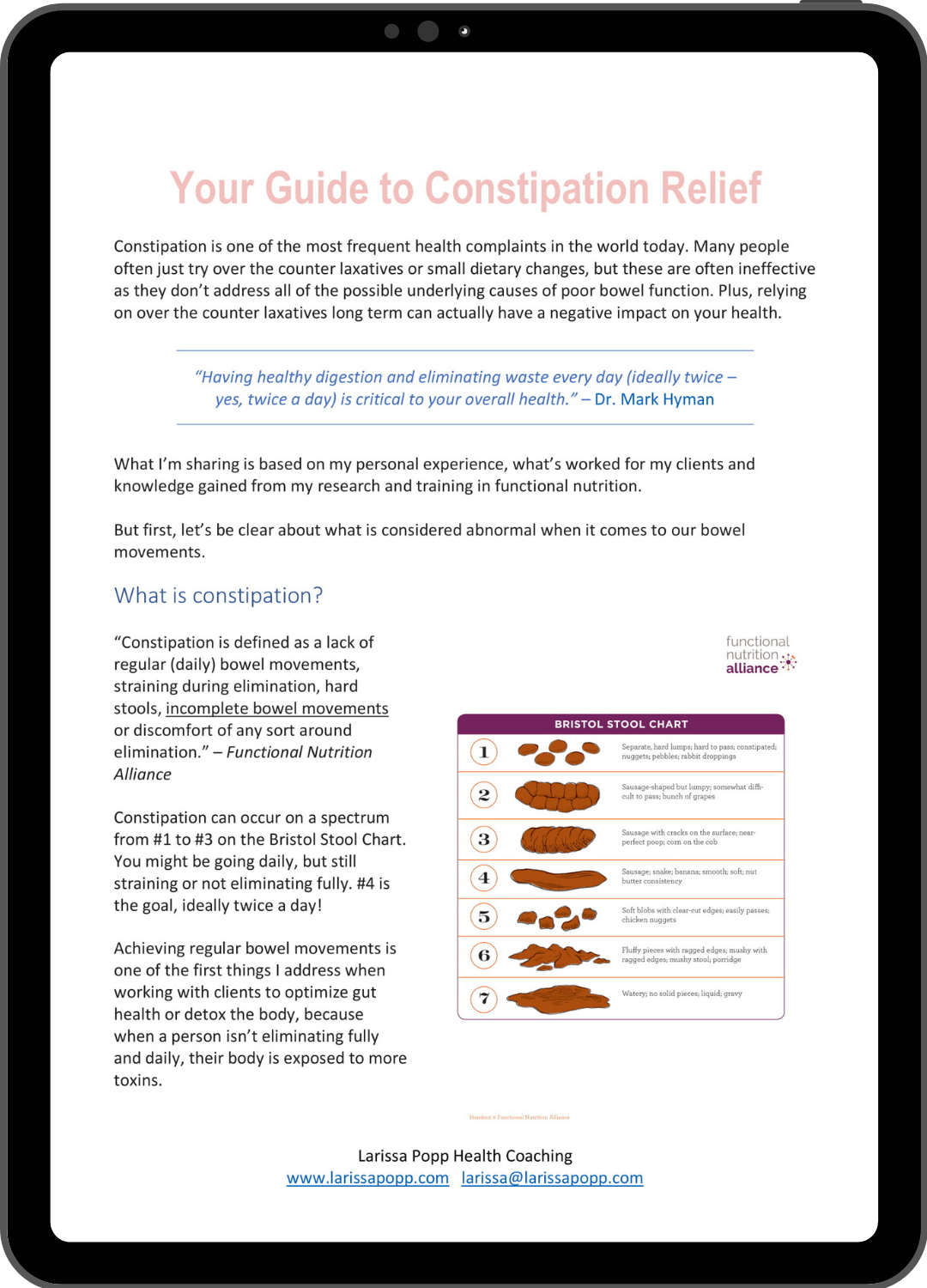
Meat is quite a controversial topic, but from the research and observational studies I’d like to simply it and take away the confusion around whether, and what type, you should or should not be eating.
Most people I meet think I’m a vegetarian or vegan, but I’m actually not. I just eat very little meat, and very little dairy products, and I’m quite selective about the type and amount that I eat.
Especially because I’m living in Kurdistan, I get A LOT of questions about why I don’t eat chicken. People here love chicken, so they can’t understand why I don’t want to eat it and would prefer just beans and lots of greens and other veggies with my rice (or quinoa).
So let me stop by answering the question I get asked most often:
“Why don’t you eat chicken?”
I do eat chicken, but not often, and only organic, naturally raised chicken prepared in a healthy way, meaning not fried in a lot of refined vegetable oil as they do here. I am quite sure most of the chickens people consume here were not ranging freely, eating a wide variety of natural foods, and were given hormones or antibiotics.
I know eating some chicken isn’t going to kill me, but the other reason I don’t eat it is that I honestly don’t prefer the taste. My taste buds now prefer plant-based food over meat.
What about red meat (lamb, pork, beef, etc.)?
In general, I avoid meat because its saturated fat leads to inflammation and can damage blood vessels and the supportive structures in the brain. (Team Sherzai NEURO plan, page 3)
However, I do eat lamb meat on occasion here in Kurdistan, if slow-cooked, such as when they add it to bean or vegetable stew. In this way I am only eat a small amount, along-side plant-based foods.
The reason I eat lamb meat here in Iraq is because I know the meat came from animals raised in a natural way, eating a natural diet of grass. I also happen to prefer the taste of lamb over chicken and other types of meat, such as beef.
Grass-fed animals, compared to grain-fed ones, also have much less saturated fat and actually contain much higher amounts of heart-healthy omega 3 fatty acids. This means they promote less disease promoting inflammation in the body.
While I do eat a lot of healthy food, I usually don’t eat food just because it’s healthy — I like to enjoy my food, and I learned to prefer the taste of plant foods.
How much meat is too much?
Based on the diet of the world’s Blue Zone populations where a large percentage of the population lives to be 100, you should limit your intake of meat to ~2 ounces per serving, and eat meat not more than 1-2 times per week.
Most people living in the Blue Zones ate 2 ounces or less of meat about five times per month (mostly lamb, pig, chicken, or wild caught animals).
However, it’s not certain whether they lived a long and healthy life because of their consumption of meat, or in spite of their consumption of meat.
What’s 2 ounces of meat?
About half of a chicken breast fillet, a chicken leg, or one pork or lamb chop/slice about the size of a deck of cards before cooking
What’s the best way to prepare meat?
How you prepare meat will also influence its healthfulness. Avoid unhealthy processed meats such as hot dogs, sausage, lunch meats, etc.
Use low temperature slow-cooking methods for preparing meat. Grilling at high temperatures, esp. over open flame, can produce toxic by-products known as PAHs. “Both grilling and broiling promote the formation of AGEs, which may increase cancer and other disease risk.” (Healthline)
What’s best to eat with meat?
Dr. Deanna Minich (Functional Nutritionist & Educator), as part of her interview included in the Human Longevity Project documentary series, shared:
“If somebody feels the need to eat meat, one of the things I like to do is to bring in the complementary activity of plants. There are some nice studies; one that comes to mind is by Dr. David Heber at UCLA; it was an acute feeding study where he gave a hamburger and for an hour afterwards he measured their inflammatory cytokines (which promote inflammation and in turn disease), and they went up. The next time they came in for a hamburger they had half of an avocado on it and what he was able to show was that the initial increase of inflammatory cytokines was now blunted. So maybe it’s not about what we eat but about who we are as a person and how our body takes things in and putting things together smarter.
What this tells us is that what we eat with meat matters. So if you choose to eat meat, be sure to include anti-inflammatory foods with your meal, or simply fill at least half your plate with vegetables. Some of the top anti-inflammatory plant foods include: avocados, broccoli, dark leafy greens, beets, berries, pineapple, walnuts, high quality olive oil, turmeric, pineapple, celery, tomatoes, chia and flax seeds, and dark chocolate (70% or more cacao).
Bottom Line:
In general,* based on my knowledge of the research available and the lessons learned from the world’s longest lived people, I recommend either avoiding meat (if you don’t have access to good quality meat, or don’t mind not eating meat), or, if you must have meat, have 2 ounces of lean meat no more than 1-2 times per week (as long as the meat came from naturally raised animals).
Meat is not an essential part of a healthy diet, though it is possible to be healthy in spite of eating meat, if you follow some rules.
If you do choose to eat meat…
be sure to pick the right cut (lower in saturated fat), consider how the animal was raised, choose a healthy cooking method (such as boiling or slow cooking over low heat), limit your portion size to 2-3 ounces (about the size of a deck of cards), and consume meat not more than 2 times per week accompanied by a big side of vegetables.
Remember, a mostly plant-based diet (at least 95% plants) is healthiest, and eating fish over meat seems to be a better choice (though the quality of the fish is also important). Make sure to eat a wide variety of whole plant foods (legumes, nuts, seeds, whole grains, vegetables and fruit), choose non-GMO (esp. for corn and soy), and organic when possible (refer to the dirty dozen and clean 15 lists from the EWG).
*Note: I say “in general” because each person’s dietary needs are unique; for example, if you have or had cancer, heart disease, or certain other types of illness, I would recommend avoiding all meat and other animal products such as dairy and eggs. You should not take what I share as medical advice but speak to a qualified functional nutritionist or doctor.
For additional reading:
Below are resources to learn more about the Blue Zones lifestyle, and what we can learn from the Blue Zones regarding other controversial dietary topics such as fish, dairy and eggs.
Blue Zones Diet: 14 Health Secrets of the World’s Longest Lived People
Blue Zones: The Power 9 (the other core components of the Blue Zone lifestyle)
What is the Healthiest Way to Cook Meat?, Healthline
Is Red Meat Bad For You, or Good? An Objective Look, Healthline
13 Most Anti-Inflammatory Foods You Can Eat, Healthline
Food that Fight Inflammation, Harvard Health
Top 15 Anti-Inflammatory Foods, Dr. Axe


